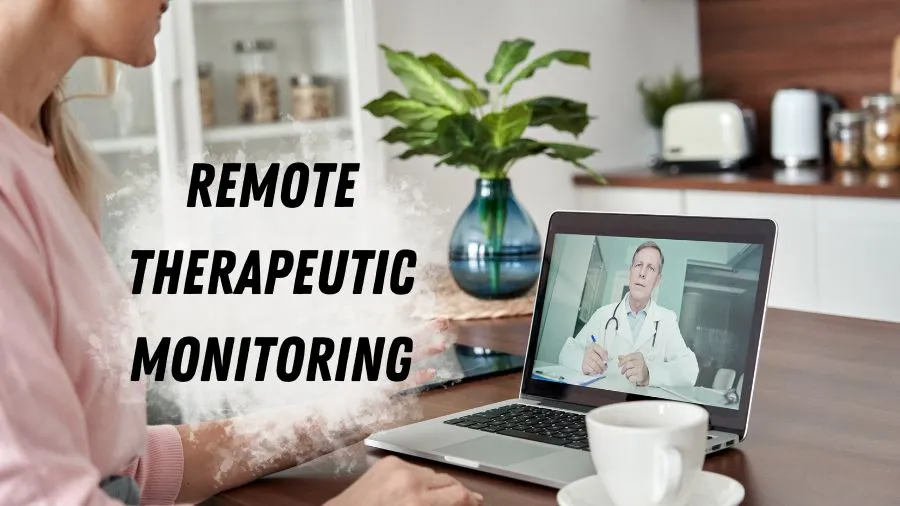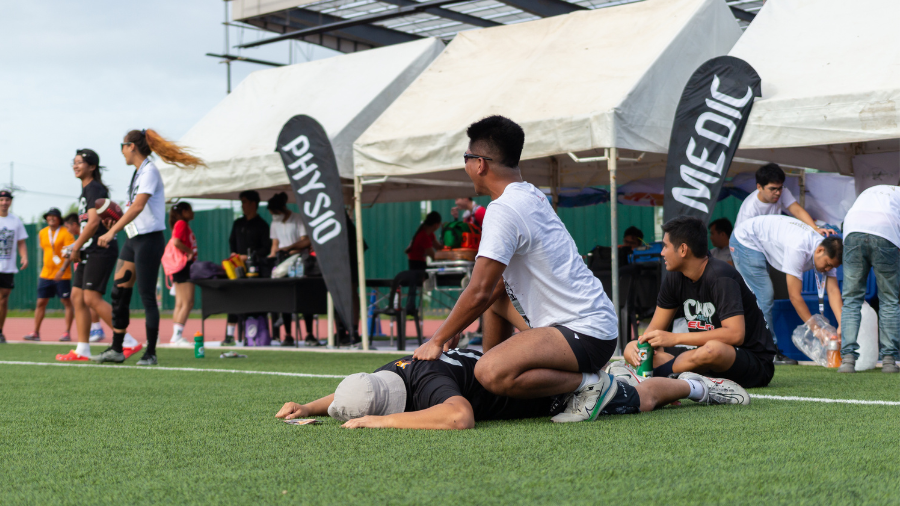Physical Therapy Advancement: Embracing the Power of Remote Therapeutic Monitoring (RTM)
The field of physical therapy is undergoing a significant transformation, driven by innovative technologies like Remote Therapeutic Monitoring (RTM). This groundbreaking approach enables therapists to remotely track and manage patients’ progress between in-clinic sessions, fostering improved engagement, data-driven decision-making, and ultimately, better patient outcomes.
What is RTM?
Remote Therapeutic Monitoring (RTM) utilizes various technologies to collect and analyze patient data outside the traditional clinical setting. This data can include:
- Self-reported information: Pain levels, range of motion, functional limitations, sleep quality, and medication adherence.
- Wearable devices: Activity trackers, smartwatches, and motion sensors gather data on steps taken, distance covered, sleep patterns, and heart rate.
- Mobile apps: Patients can report symptoms, complete exercises, and communicate with their therapist directly through secure apps.
By remotely monitoring this data, therapists can gain valuable insights into their patients’ progress, identify potential setbacks early on, and adjust treatment plans accordingly. This Physical Therapy Advancement enhances the effectiveness of care and empowers patients to become active participants in their recovery journey.
Key Benefits of RTM in Physical Therapy
Physical Therapy Advancement through RTM offers numerous benefits for both patients and therapists:
- Improved Patient Engagement: RTM keeps patients connected to their therapy program, promoting adherence to exercises and self-management strategies.
- Enhanced Data-Driven Care: Objective data from RTM empowers therapists to personalize treatment plans and make informed decisions.
- Increased Accessibility: RTM bridges geographical barriers, making therapy accessible to patients who face transportation difficulties or live in remote areas.
- Reduced Healthcare Costs: Early intervention and improved adherence can potentially lead to reduced healthcare costs associated with prolonged conditions.
Examples of RTM in Action
Physical Therapy Advancement with RTM can be applied to various conditions, including:
- Post-surgical rehabilitation: Monitoring pain levels, activity levels, and wound healing remotely enhances recovery and reduces complications.
- Chronic pain management: Tracking pain patterns and medication adherence helps personalize pain management strategies and improve patient well-being.
- Sports rehabilitation: Monitoring performance metrics and recovery progress optimizes rehabilitation programs for athletes.
- Neurological conditions: Remotely tracking functional abilities and motor skills progression facilitates targeted interventions and improves patient independence.
The Future of Physical Therapy with RTM
Physical Therapy Advancement through RTM represents a paradigm shift in healthcare delivery. As technology continues to evolve, we can expect to see even more sophisticated RTM tools and applications emerge. These advancements will further personalize care, enhance patient engagement, and ultimately, optimize patient outcomes.
Conclusion
Remote Therapeutic Monitoring (RTM) is revolutionizing the landscape of physical therapy, offering significant Physical Therapy Advancement for both patients and therapists. By harnessing the power of data and technology, RTM is paving the way for a more personalized, accessible, and efficient approach to physical therapy, shaping a healthier future for all.




